PORTFOLIO
Interior & Architecture
Angelica Tallbom

Angelica Tallbom
2. Content
4. About Me
5. Interior Design Methodology
8. The Industrial Revolution
12. The Victorian Era
16. The Arts and Crafts Movement
20. Eclecticism
25. Project: Coworking Space
45. Project: Tiny Jouse

Nationality Swedish Residency Spain
+34 644 11 27 75 angelica.tallbom@gmail.com
https://www.linkedin.com/in/ angelica-tallbom-b115b6100/


2021 – 2022
Marbella Design Academy, Spain
Bachelor of Arts (Hons)
Interior Architecture and Design
Accredited by University of Bedforshire, UK
2019 – 2020
Konstskolan Stockholm, Sweden
Foundation course during one year where we studied and practiced art, art history, painting, sculpture and graphic design
• Adobe Creative Suite
Photoshop
Indesign

Lightroom
• AutoCAD
• 3ds Max
• Vray
• Hand Rendering
• Drawing
• Space Planning
• Color Theory
The Industrial Revolution began in England around 1760 and lasted until somewhere between 180 and 1840.
This transition included the shift from hand to machine production methods, new chemical manufacturing and iron production processes, increased use of steam power, the development of machine tools, and the rise of the factory system, all of which resulted in radical changes at every level of civilization around the world.
With the expansion of heavy industry came a flood of new building materials such as cast iron, steel and glass, which architects and engineers used to create structures previously unimaginable in function, size, and form.

The most significant impact of the Industrial Revolution on nineteenth-century architecture was the mass production of iron and later steel in sufficient quantities to make it an economically viable building material, as opposed a limited material for weapons and tools.
The introduction of steel into architecture was a game changer and its significance in modern life cannot be overstated. Only plastics and silicon have surpassed it in terms of importance to modern civilization since the Industrial Revolution.

» Steel beams
» Bricks
» Concrete

» Wood


» Open space
» Big windows
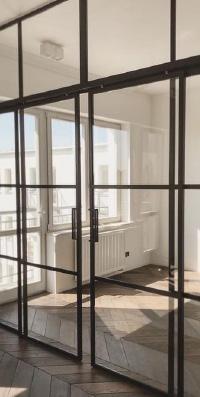
» Loft




» Straight lines

The Victorian era spanned approximately between the years 1820 and 1914, roughly corresponding to Queen Victoria’s reign 18371901.
The era is characterized by a class-based society, a growing number of people able to vote, a growing state and economy, and Britain’s status as the world’s most powerful empire.
The era saw a greater passion for using and combining many earlier styles than ever be-fore and more is more in Victorian design, and this is one of the style’s main anchor points. Particularly when it comes to the specifics of the furniture in these types of rooms.
In this style, you will frequently see Victorian pieces with an abundance of tufting, fringing, pleating, or fabric gathering on the furni-


» Curves
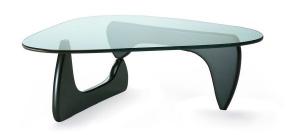
» Colors


» Textiles

» Decorative




» Wood
» Art
» Smaller windows

The Arts and Crafts movement was a decorative and fine arts international trend that began and flourished in the British Isles and spread through-out the British Empire, Europe, and America.
The movement was defined by a belief in crafts-manship that emphasizes the inherent beauty of the material, the importance of nature as inspiration, and the value of simplicity, utility and beauty.
It is the foundation of the Modern Style, the British expression of what became known as the Art Nouveau movement, which it heavily influenced.





» Curves
» Colors


» Flowers
» Wood


» Art
» Art on windows
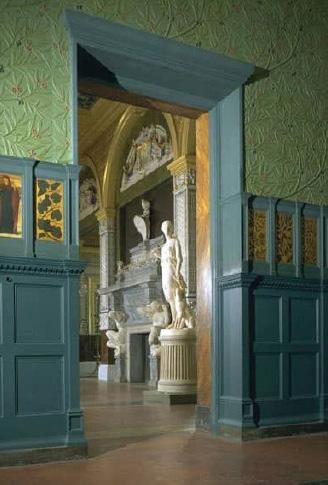

Eclecticism became popular in the late 1800s as architects sought a style that would allow them to preserve past precedent while creating new designs.
The ability to mix and match styles from a vast archive of previous styles allowed for greater expressive freedom and provided an inexhaustible supply of inspiration.
Eclecticism contrasted from other design professionals, also known as revivalists, because the main motivating reason was creation rather than nostalgia and there was a desire for the designs to be unique.
With the rise of eclectic architecture it created a demand for interior designers with the skill, understanding, and knowledge of previous historical styles to create appropriate accompanying interiors.
As a result, interior designers have emerged as a respected profession





» Mixing different visual elements

» Fusionofmodern and traditiona
» Carefully curated







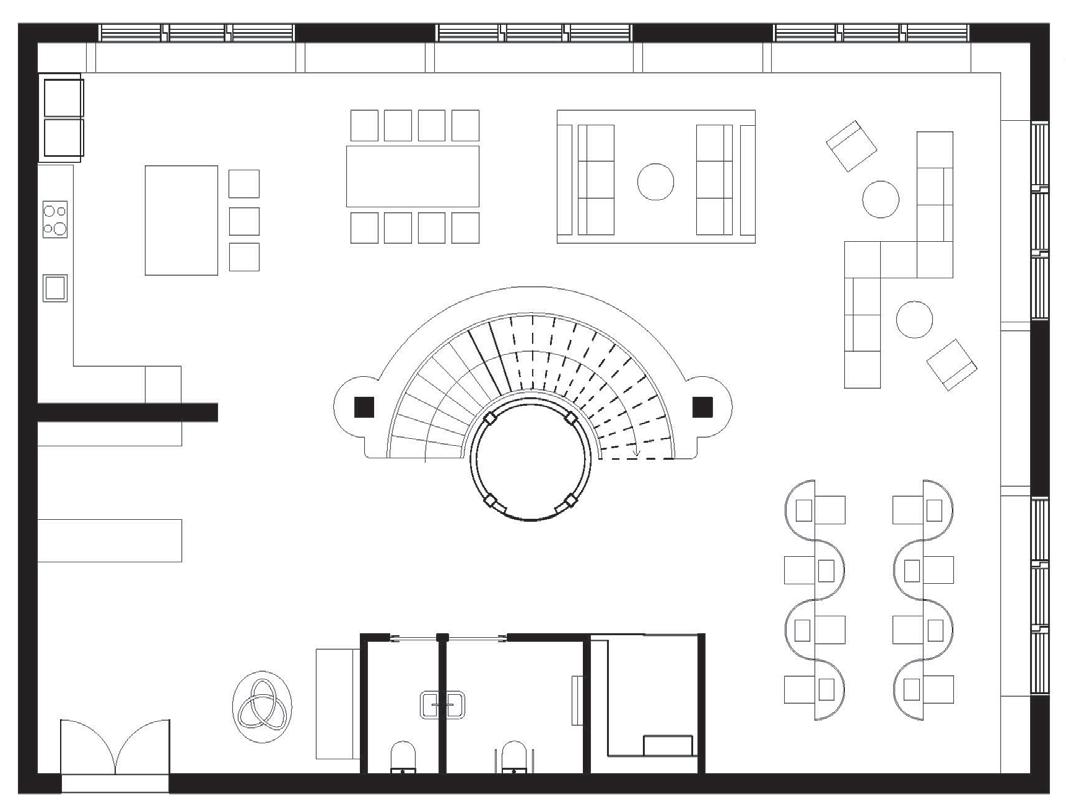


Made in ds Max Rendered with Vray

Render kitchen
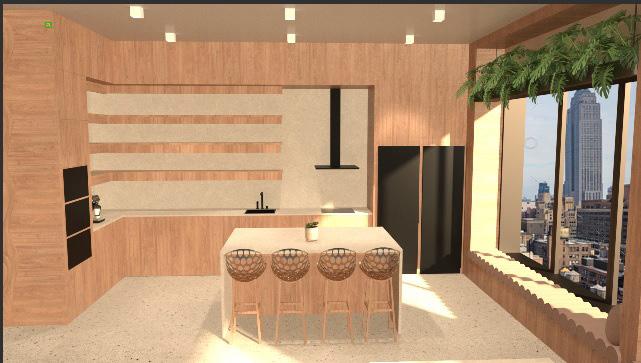

Made in ds Max
Rendered with Vray


Made in ds Max
Rendered with Vray


Made in ds Max
Rendered with Vray
Render first floor conference rooms

Made in ds Max
Rendered with Vray


Kitchen area with two seats

Kitchen area with four seats

Bathroom





Bedroom with balcony on the second floor
